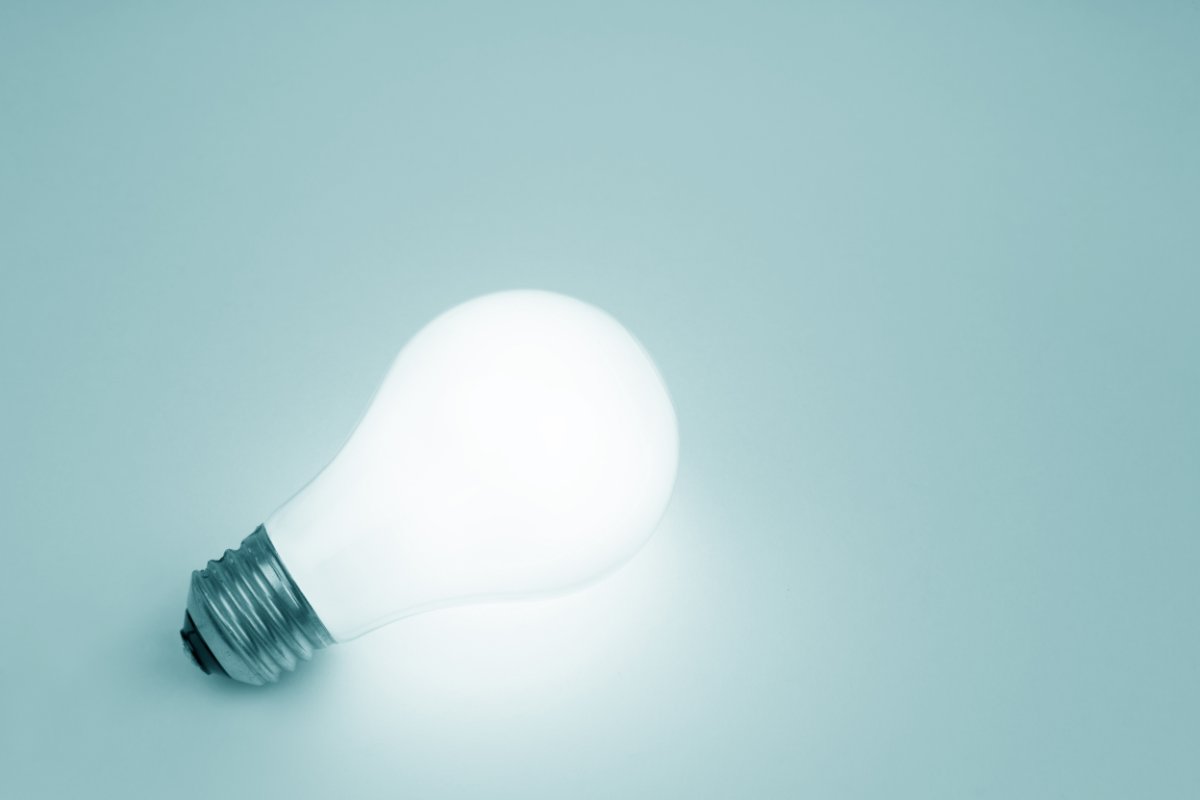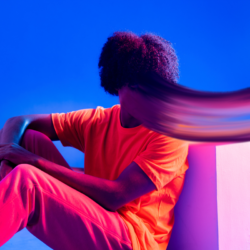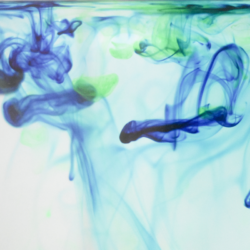Light therapy is a therapeutic technique that uses natural light to treat a variety of mental and physical disorders. This healing method is becoming increasingly popular and is recognised for its many benefits. Having a light therapy lamp in your home could offer many, many benefits. So, would you like to know how light therapy works or which light therapy lamp to choose? Follow the guide!
What is light therapy?
Light therapy is a medical technique that uses light to treat various disorders. It is practised by exposing the patient to a high-intensity white light source for a set period of time. This method is mainly used to treat seasonal depression, an emotional disorder linked to the decrease in natural light in winter. However, light therapy can also relieve sleep problems, mood disorders, non-seasonal depression, bipolar disorder, and other similar disorders. Despite its general safety, it is always important to consult a health professional before starting any treatment.
What is melatonin?
Melatonin is a hormone produced by the pineal gland in the the brain which plays an important role in regulating the sleep-wake cycle. Melatonin production is stimulated by darkness and decreases with light, helping the body to relax and prepare for sleep. The use of supplements supplements can help relieve symptoms of sleep disorders such as insomnia and jet lag.
What is the role of light in SAD?
SAD is an emotional disorder that occurs during the autumn and winter months. It is associated with the reduction of daylight. Symptoms of SAD can include a drop in mood, excessive fatigue, weight gainloss of interest in usual activities. In this case, light therapy can be effective in stimulating melatonin production and regulating circadian rhythms.
Indeed, by stimulating melatonin production, it can help regulate sleep cycles. Many studies have shown that light therapy can also improve symptoms of depression and help treat mood disorders.
Light therapy, stress and cognition
Light therapy may also have benefits for cognitive ability and concentration. By increasing energy levels and improving mood, it can help to manage stress and anxiety (think meditation). In addition, it can improve memory and information processing skills. This can be particularly useful for people working in demanding or stressful environments.
Moreover, for people with bipolar disorder or mood disorders, light therapy can be beneficial in relieving symptoms of depression. Studies have shown that it may help stabilise mood and cycles of energy and emotion.
Can light therapy be used at home?
Yes, we now offer solutions for enjoying the benefits of light therapy at home. Let’s take the Beurer TL30 light therapy lamp as an example. In fact, this lamp is designed to provide a convenient and portable light therapy experience. Thanks to its compact LED design and adjustable stand, it can be used horizontally or vertically. In addition, it offers a light intensity of 10,000 lux for bright, even illumination. And it’s flicker-free and UV-free, which can improve mood and productivity. The lamp is easy to carry with a comfortable lighting surface and simple operation.
Our opinion on light therapy
As natural health professionals, we see light therapy as a promising technique . It could help people with conditions such as seasonal depression, insomnia and mood disorders. Scientific studies have shown that exposure to high-intensity white light can regulate levels of melatonin and other hormones, improving mood, sleep quality and cognitive function.
Mental or physiological disorders cannot be treated with light therapy alone. For best results, light therapy should be used in combination with psychotherapy, medication, exercise and a healthy diet. Consult a health care professional to determine the best approach for each individual case.
Sources :
https://pubmed.ncbi.nlm.nih.gov/35105211/
https://www.ncbi.nlm.nih.gov/pmc/articles/PMC6746555/
https://www.ncbi.nlm.nih.gov/pmc/articles/PMC2913518/





